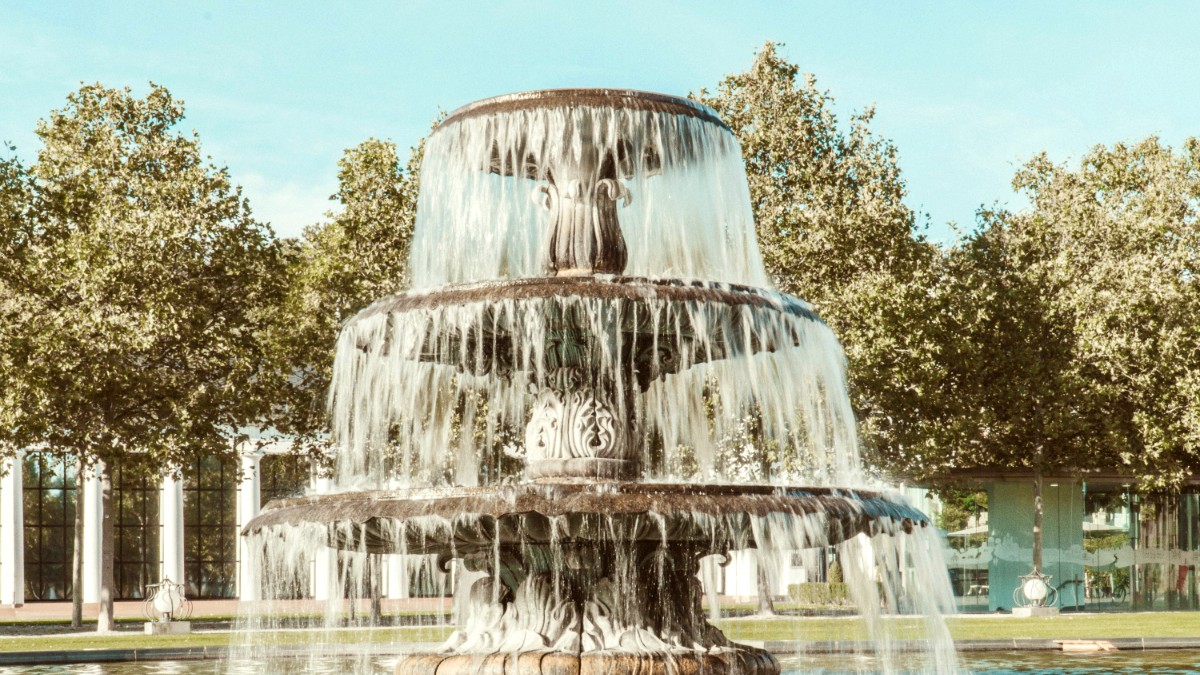
Hesse, Germany
Wiesbaden acts as a diverse Hessen experience. From its Roman bath town past, the city became a sophisticated retreat for European royalty and artists. This rich heritage shapes its character today. Walk its tree-lined avenues and discover the echoes of a gilded age. Enjoy the modern comforts and easy access to surrounding areas for a simple, rewarding visit.
Many visit Wiesbaden for its thermal springs. The city presents more. A thriving arts scene, with a state theater presenting world-class performances. Boutique shops and elegant cafes line its streets.
Green spaces give tranquil spots for quiet reflection or active pursuits. Rolling hills and vineyards complete the scene, inviting exploration beyond city limits. This guide covers your visit, making the most of Wiesbaden's appeal.
Wiesbaden sits in the federal state of Hesse, in southwest Germany. It acts as the state capital, a position it held since 1946. The city lies on the right bank of the Rhine River, directly across from Mainz, the capital of Rhineland-Palatinate. This location places it at the northern edge of the Upper Rhine Plain and the southern slopes of the Taunus mountains. The city’s position gives it a varied landscape.
The Rhine River marks Wiesbaden’s western border. The Main River, a Rhine tributary, flows nearby to the east. The confluence of these two rivers influences the local climate and creates fertile land, especially for vineyards. The Rheingau wine region, known for its Riesling wines, starts just west of Wiesbaden. Its rolling vineyards extend along the Rhine, benefiting from the river’s microclimate and south-facing slopes.
Within the Rhine-Main region, with strong connections to major German cities.
Frankfurt am Main, a global financial hub and major airport, is a short train ride away.
Mainz, its sister city across the Rhine, is closer, linked by bridges and public transport.
Landscape shifts from urban to vineyards and forests quickly, offering various environments.
From 115m (Rhine valley) to over 600m (Taunus hills), creating microclimates.
Wiesbaden's urban area spreads across several valleys and hills. The city center nests in a basin, protected by Taunus foothills. This also explains numerous thermal springs, surfacing from underground faults. These springs defined Wiesbaden as a spa town for centuries.
Elegant villas and residential areas climb slopes, offering city and Rhine valley views. Central parks, like Kurpark and Warmer Damm, integrate into the urban fabric. They act as green lungs and connect city parts.
This geographical diversity adds to the city’s appeal, with different experiences depending on where you explore. It is a city where urban elegance meets the gentle wilderness of the Taunus and the storied Rhine.
The city is a place that respects its heritage while looking ahead.
Wiesbaden's history goes back to Roman times. Romans recognized its hot springs' healing properties and established a settlement here. They called it Aquae Mattiacorum, or "Waters of the Mattiaci," after the local Germanic tribe.
Roman baths and fortifications existed. Evidence of their presence, including Roman wall remnants, still lies beneath the modern city. This ancient connection to wellness forms Wiesbaden’s identity.
Established as Aquae Mattiacorum, recognizing its hot springs' healing properties.
Grew into a major spa destination for European royalty in the 19th and early 20th centuries.
Became the capital of Hesse after World War II, blending heritage with administration.
This period saw the building of its grandest structures, including the Kurhaus, the Hessian State Theater, and elegant villas. The city's reputation grew as a "world spa city," a place of refinement and luxury. Many distinguished guests visited, leaving their mark.
The city boasts 26 thermal springs, giving warm, mineral-rich water for many spas and hotels.
Hessisches Staatstheater for performances, Museum Wiesbaden for art and natural history.
Ride the historic Nerobergbahn funicular up Neroberg for stunning views of the city and the Rhine valley.
Stroll through the pedestrian zones and admire the architectural beauty.
Indulge in the therapeutic thermal waters at various spa facilities.
Relax in the tranquil Kurpark or other well-maintained city parks.